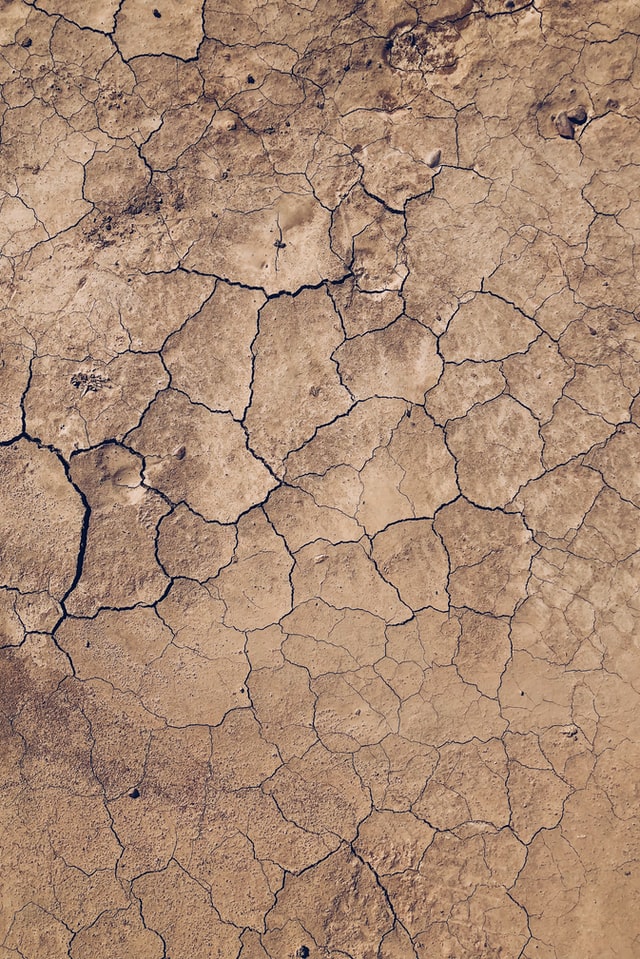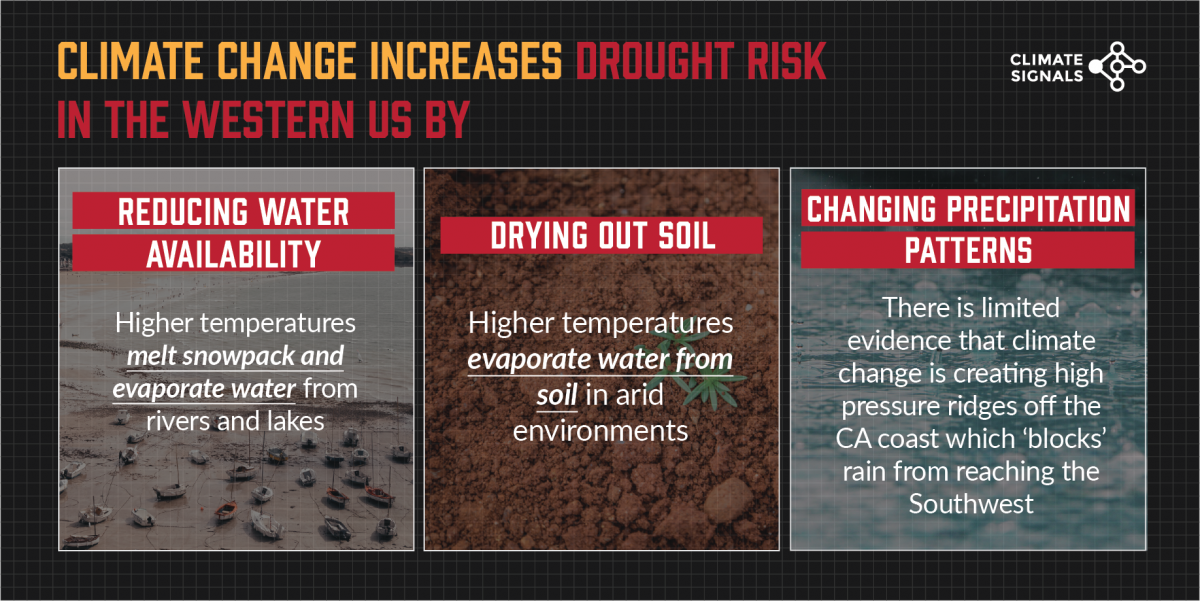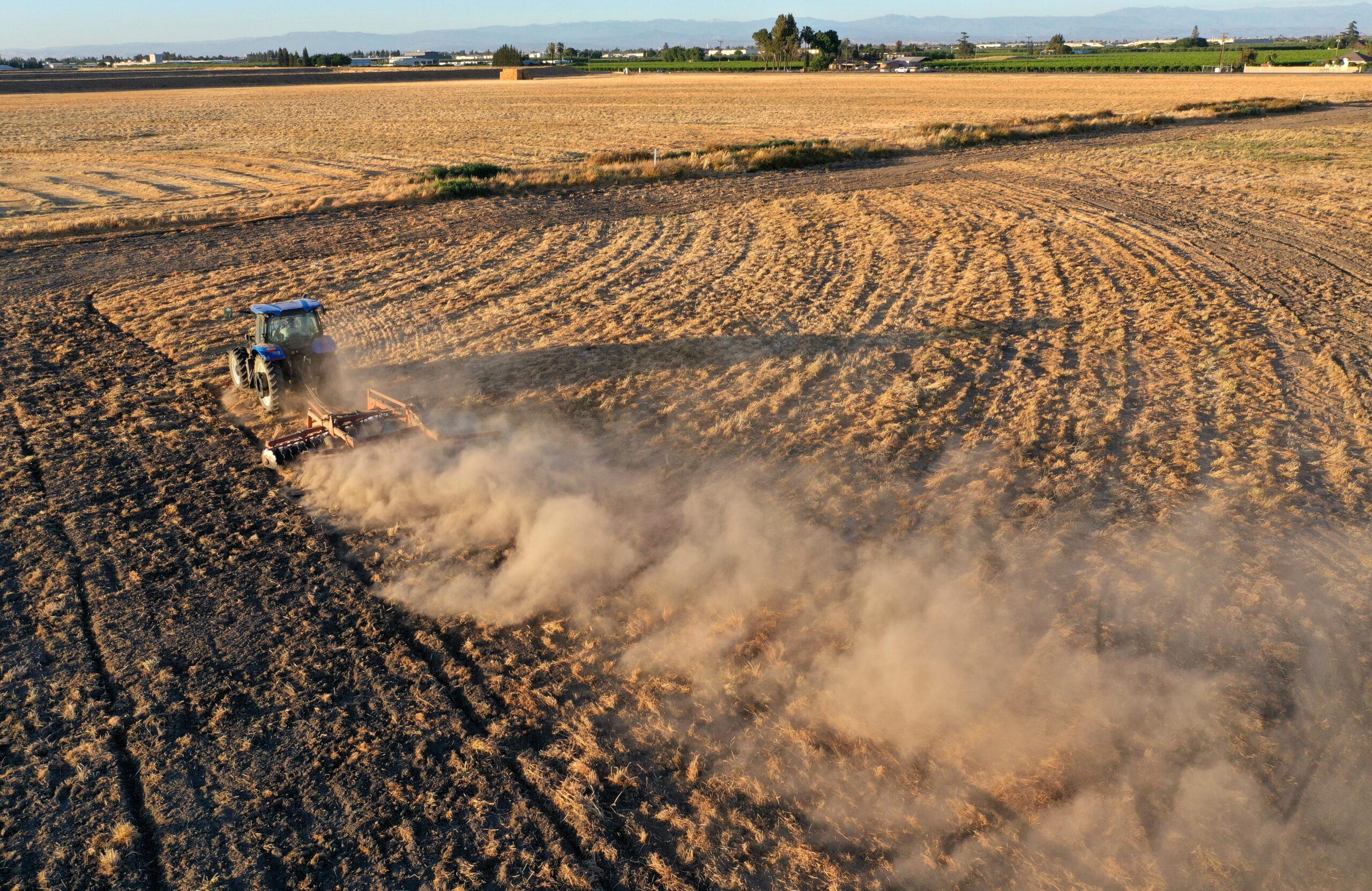
Drought
Climate change is making droughts more likely to occur - and more severe when they do - in parts of the United States. While the US is no stranger to drought, climate change has exacerbated drought conditions so that when droughts occur, it is in a hotter climate and, in some cases, with lower precipitation. This has serious consequences on the quality and quantity of water available for use by people and ecosystems.

How has climate change already worsened US droughts?
The western US is in the midst of an extreme megadrought, among the worst in recorded history, and rising temperatures due to climate change are responsible for about half the severity of the drought.
Warmer temperatures associated with climate change have increased aridity and intensified the severity of droughts across the western US, particularly in areas already suffering from water scarcity.
Snow cover in the Northern Hemisphere - a key water source for many communities - has declined significantly over the past 90 years, largely driven by climate change.
Climate change can even be detected on some of the droughts in the early twentieth-century (1900-1950).
What is drought?
There are many types of ‘droughts’, ranging from agricultural drought - when there is insufficient water or soil moisture to meet agricultural demands - to hydrological drought - a shortage in water resources, including groundwater and rivers. There are also 'flash droughts' - which occur suddenly and intensify rapidly - and there are 'megadroughts' - lasting decades or longer. Ultimately, we care about droughts when there is not enough water to meet needs.
How does climate change make drought worse?

While most droughts in the US are driven by natural variability in precipitation, rising temperatures due to climate change have exacerbated drought in parts of the US. In addition, the importance of temperature as a contributor to drought extent has increased over time.[7]
Warmer conditions lead to decreased snowpack accumulation, earlier snowpack melt, increased evaporation from streams and lakes, and increased evapotranspiration from soils and plants. In some limited cases, there is also evidence that climate change is changing rainfall patterns, blocking rain from reaching areas in need of water. These combined effects have made what may have been moderate droughts severe or exceptional instead.

Droughts can have huge social and economic effects, and they increase the risk of other disasters, such as wildfires.
Costs. The 2020 Western and Central US drought cost $4.5 billion, and nine out of the past ten years in the US included drought disasters costing at least one billion dollars.
Communities. Declining precipitation combined with increased pumping has left wells dry in some parts of the West, and many homeowners lack the funds to drill deeper as groundwater levels drop. Droughts also tend to drive up water rates, and impact human health by concentrating contaminants in depleted aquifers, fueling harmful algae blooms, and shifting plant communities that have historically filtered out sediment and pollution.
Wildfires. Desiccated vegetation due to increased evapotranspiration from drought is a perfect fuel for fires, so when fires start, they can burn more intensely and over larger areas.
“The double whammy of rising temperatures and shifting rain and snowfall is being felt all over California from the dry hillsides that have been burning with increased frequency and intensity, to the depleted rivers, aquifers and reservoirs our communities depend on for drinking water and irrigation, to the proliferation of harmful algal blooms and rising salinity in our freshwater ecosystems.
Climate change fingerprints are everywhere, and we are working to manage current impacts while preventing even worse ones from occurring.”
- Laurel Firestone, California State Water
Regional breakdown
Climate change has the largest effect on drought in the Western US, west of the Appalachian Mountains, where it has expanded semi-arid conditions.[8] Here, a combination of hot temperatures and, in some areas, a lack of precipitation has led to or exacerbated droughts over the past decade.
What can we learn from the hot & dry California drought?
California’s infamous 2011-2017 drought was made worse by climate change; scientists have identified telltale climate fingerprints on the drought’s hottest and driest years (2011-2014).[9] These ‘hot droughts’ are now twice as likely to occur in California due to climate change, just from higher temperatures drying out soil and evaporating water.[10] Record-high temperatures made the 2012-2014 drought 36 percent worse,[11] and were responsible for 8-27 percent of drier soil.[12]
These hot temperatures also significantly reduced California’s snowpack, which provides the state with much of its water. It is very likely (>80 percent chance) that climate change made the 2014 CA drought worse by reducing the snowpack and causing earlier snowmelt, leaving streams dry by summer.[13] Over 2011-2015, climate change reduced California’s snowpack by 25 percent.[14]
The effect on precipitation is less clear. There is, however, some evidence that the low precipitation in 2013 and 2014 could be linked to climate change,[15] partly by having made the ‘ridiculously resilient ridge’ - which blocked rain from reaching California - twice as likely.[16] Additionally, there is evidence that higher temperatures in the Northern Hemisphere due to climate change have displaced the tropical rain belt leading to less rainfall over Northern California.[2] Ultimately, whether or not climate change has already reduced precipitation, it has significantly exacerbated drought in California simply from hotter temperatures.
The effects seen in California can be seen in much of the Western US.

The Colorado River
Streamflow in the Colorado River is decreasing due in large part to warmer temperatures that cause evaporation and early snowmelt.[17][18] The river’s annual average streamflow is decreasing by around 9 percent per degree Celsius (1.8 degrees Fahrenheit) of warming and warmer temperatures are responsible for half of the 16 percent decrease in flow in the Colorado River between 2000 and 2017.[19] Increasing risk of severe water shortages is expected.

Hot ground from the Northern Great Plains to Texas
In semi-arid environments - including the Southwest and large portions of the Great Plains - hotter temperatures can dry out land. In the Northern Great Plains, higher than average temperatures have contributed to lower streamflow since 1980 and exacerbated the “turn-of-the-century drought” in the region from 2000 to 2010.[20] Warmer temperatures made the 2017 Great Plains (the Dakotas and Montana) drought 50 percent more likely.[21] Climate change also made the 2011 Texas drought more likely to occur; specifically, it greatly increased the frequency of hot temperatures by an order of magnitude and likely decreased precipitation totals.[22] Climate change has made extreme precipitation deficits (like those in the Central US in summer 2012) three to four times more likely.[23]

"Hot Droughts" in the Southwestern US
Just like California, climate change is leading to ‘hot droughts’ in the US Southwest. Since 2000, this region has been in perpetual drought conditions - a ‘megadrought’ - with human-caused warming responsible for about half the severity.[1] Within the megadrought, there have been exceptional drought years driven by climate warming.[4][24] In 2018, for example, hotter temperatures decreased the snowpack water content by 20 percent and reduced vegetation greenup - a proxy for rangeland conditions.[5]

Snow & streamflow in the mountainous Western US
The mountainous Western US is heavily dependent on a good winter snowpack. Climate change has led to more rain rather than snow, a lower overall snowpack, and early snowmelt: this has caused earlier runoff(streamflow), leaving late spring and early summer without water. At least half of this low late-winter snowpack and the earlier runoff is due to warmer temperatures.[25][26] These increases in hot temperatures - particularly daytime winter temperatures - are driven by climate change.[27] The largest effect on snowpack and number of snow days is in the Northwest,[28] where warm temperatures have significantly reduced snowpack.[29][30]


Sign up to Receive Drought Thought Leadership
Form temporarily disabled.









